
Shown below are logos used to publicize the metric transition in various countries.
Can you identify who (or what) used each logo? Click “Hint” if you want one; click “Answer” to find out. (A global hint: Most of them are from the 1970s, when most British Commonwealth nations changed from the Imperial system of units to the metric system.)
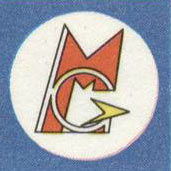
Hint: This South American country expected to replace its Imperial-based weights and measures legislation by a metric act in the early 1980s.
Answer: This logo of the Guyana Metrication Board appeared on several postage stamps issued on 2 January 1982.
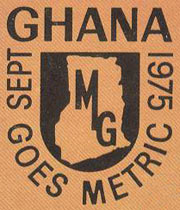
Hint: This logo appeared on a 60p postage stamp that said, “2½ centimetres (cm) are approximately one inch. A metre (m) of cloth will be a little more than 3 foot 3″.” It appeared in various colors on other stamp denominations that featured additional metric units.
Answer: This logo publicized Ghana’s metrication.
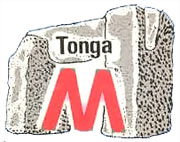
Hint: This logo shows the Ha’amonga Trilithon, a 5-meter-high structure built 800 years ago from three pieces of solid coral, each weighing an estimated 40 metric tons.
Answer: This was the logo of the Tongan Metrication Committee.
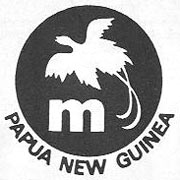
Hint: This country completed its metric conversion three years ahead of schedule in spite of its lack of a standards organization, trade associations, or trade unions through which to operate and its dependence on overseas goods and materials.
Answer: This was the logo of the Papua New Guinea Metric Conversion Commission.
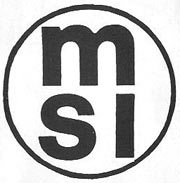
Hint: A poster introducing this logo said, “Lukluk fo disfala saen an lanem oloketa mita, oloketa lita an oloketa kilogram.”
Answer: This is the logo for the Solomon Islands Metrication Committee. The quote in the hint means, “Look for the sign and learn about meters, liters, and kilograms.”
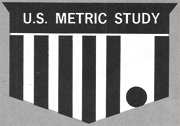
Hint: This was a three-year project that ultimately led to the Metric Conversion Act of 1975.
Answer: This was the logo associated with the U.S. Metric Study. Commissioned by the Metric Study Act of 1968, the study was conducted by the National Bureau of Standards (now NIST) and completed in July 1971 with a report to Congress titled A Metric America: A Decision Whose Time Has Come, consisting of a main report plus 12 supporting volumes totalling about 2300 pages.

Hint: This organization had a role similar to the U.S. Metric Board, but in another European country.
Answer: This is the logo for the British Metrication Board, active from 1969 to 1980.

Hint: This large nation in Africa competed its metrication in a timely fashion.
Answer: This is the logo for metrication in South Africa, whose Metrication Advisory Board completed its work in 1977.

Hint: This English-speaking island nation was a strong advocate of metrication.
Answer: This is the logo for metrication in New Zealand, whose Metric Advisory Board existed from 1969 to 1981.

Hint: This country in southern Africa was a leader in metrication in the 1970s.
Answer: This is the logo for metrication in Rhodesia (now known as Zimbabwe)
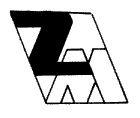
Hint: The “Z” in this logo is a key to the African country involved.
Answer: This is the logo for metrication in Zambia.
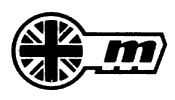
Hint: The Union Jack makes the country of this logo easy to identify.
Answer: This is the logo/symbol for British metric products.

Hint: This X cross-section of this logo, from a former meter bar standard, gives no clue to the European nation which adopted it.
Answer: This is the logo for metrication in Ireland.
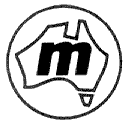
Hint: The outline of this nation is seen in its metrication logo.
Answer: This is the logo for metrication in Australia, whose Metric Conversion Board existed from 1970 to 1981.
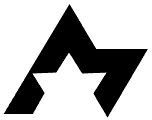
Hint: The country still strugles with metrication due to its proximity to the U.S.
Answer: This is the logo for metrication in Canada, used by Metric Commission Canada (MCC) from 1971 to 1980.

Hint: This logo with embedded “10”s comes from a small Asian nation which completed its metric transition in the early 1980s.
Answer: This is the logo for metrication in Singapore.
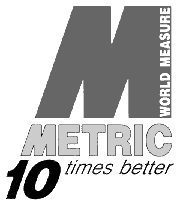
Hint: This organization had a role similar to the U.S. Metric Board, but in a Caribbean island nation.
Answer: This is the logo for the Jamaica Metrication Board, which completed its work in 1996.

Hint: This organization was responsible for U.S. government metrication until 1982.
Answer: This is the logo for the U.S. Metric Board (USMB) which existed from 1976 to 1982.
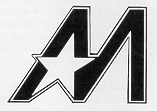
Hint: This organization coordinated U.S. industry metrication until recently.
Answer: This is an early logo for the American National Metric Council (ANMC) which formed in 1973.
Back to USMA home.
Copyright © 2009 US Metric Association (USMA), Inc. All rights reserved.
Updated: 2009-06-11